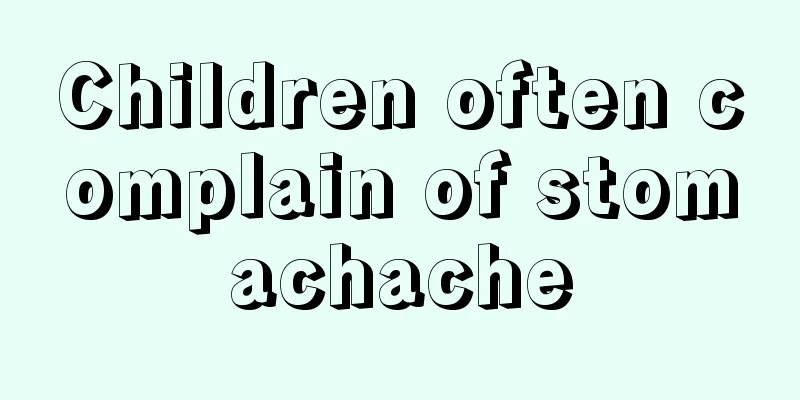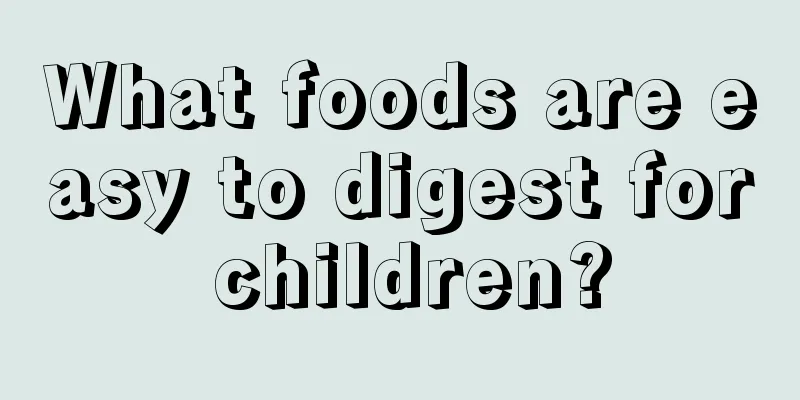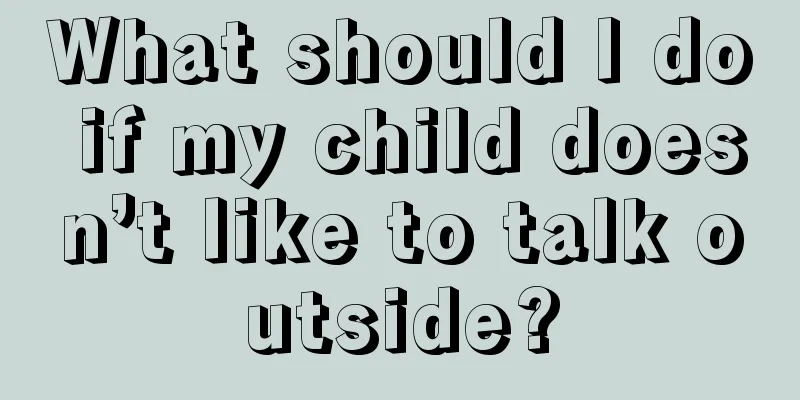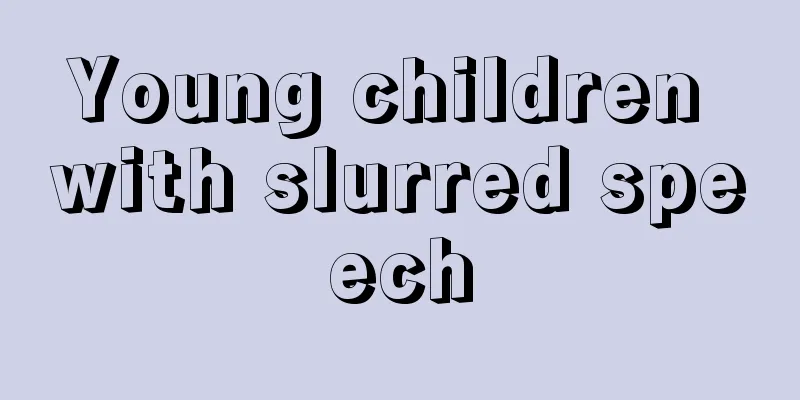How to check for autism in children
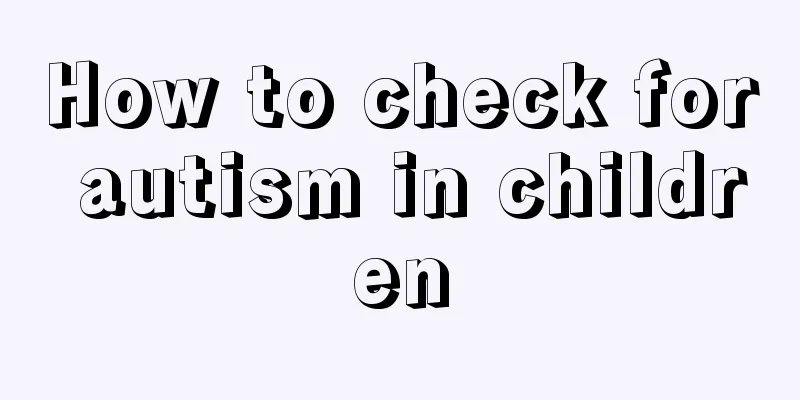
|
Autism is a disease that endangers the physical and mental health of many children. Its incidence rate has been gradually increasing in recent years. Children with autism often have no obvious abnormalities before the onset of the disease, so they are easily ignored by their parents, but this does not mean that autism cannot be detected early. Early detection allows for early treatment. So, how to identify autistic children? What are the methods for examining children for autism? How to tell if a child has autism Descriptive diagnosis does not rely entirely on scales. Although scales still have a certain auxiliary role in judgment, they are always a reference. For example, some children are not talkative and do not interact with others for a period of time. The doctor must comprehensively consider whether it is caused by the family environment. If it is caused by the family environment, this situation cannot be diagnosed as autism. Therefore, the diagnosis of autism is mainly based on clinical observation of the disease by specialists, based on the description of the patient's family members and the doctor's professional description. What are the symptoms of autism 1. Language Barrier Language and communication disorders are important symptoms of autism and the main reason why most children seek medical treatment. Language and communication disorders can manifest in many forms. Most children with autism have delayed or impaired language development. They usually still cannot speak at the ages of two and three, or they experience language regression after normal language development. They have expressive language before the age of 2 to 3 years, which gradually decreases with age or is even lost completely. They remain silent for life or, in rare cases, use limited language. They have some degree of obstacles in their perception and expression of language. 2. Social interaction disorder The patient is unable to establish normal interpersonal relationships with others. When they are young, they do not make eye contact with others, have a dull expression, lack the expression or gesture of expecting hugs and caresses from their parents or others, and have no happy expression when enjoying caresses, and even reject hugs and caresses from their parents and others. He cannot distinguish between close and distant relationships and treats his relatives with the same attitude as he treats other people. Unable to establish a normal attachment relationship with parents, patients have difficulty establishing normal partnerships with children of the same age. For example, they tend to stay alone in kindergarten and do not like to play with their peers. When they see some children playing games enthusiastically together, they have no interest in watching or desire to participate. 3. Narrow interests and stereotyped behavior patterns The patient is not interested in the games and toys that normal children are keen on, but likes to play with non-toy objects, such as a bottle cap, or observe the rotating electric fan, etc., and can last for dozens of minutes or even several hours without feeling bored. Not interested in the main features of toys, but very concerned about non-main features: patients stubbornly require to keep the daily activity routine unchanged, such as going to bed at the same time, covering the same quilt, taking the same route when going out, etc. If these activities are stopped or behavioral patterns are changed, the patient will express obvious unhappiness and anxiety, and even engage in rebellious behavior. Patients may have repetitive stereotyped movements, such as clapping their hands, turning in circles, licking the wall with their tongue, stomping their feet, etc. 4. Intellectual Disability Among children with autism, the intelligence levels are very inconsistent. A few patients are within the normal range, while most patients show varying degrees of intellectual disability. Domestic and foreign studies have shown that intelligence tests on autistic children revealed that about 50% of them had moderate or above intellectual disabilities (IQ less than 50), 25% had mild intellectual disabilities (IQ 50-69), and 25% had normal intelligence (IQ greater than 70). Those with normal intelligence are called high-functioning autism. |
>>: Baby's tenosynovitis postoperative experience
Recommend
How to diagnose white spots on baby's forehead
Once white spots appear on the baby's forehea...
Baby's nasal congestion, nose and eye mucus
In winter, colds happen from time to time, especi...
What's wrong with children's poor digestion?
In our lives, indigestion is a very common gastro...
What should we do if our children are sensitive and fragile?
Many parents usually have this confusion, that is...
How to reduce fever caused by food accumulation and internal heat?
The baby's health is very easily affected. On...
Is it okay to use enema for children?
Dry stools in babies are a common phenomenon in o...
Symptoms of baby's formaldehyde allergy
Although formaldehyde is colorless and odorless, ...
How to cure hoarseness in children?
We know that the affected part is the vocal cords...
Causes of fever in newborn babies
Having children is a very common thing, but with ...
What causes heavy eye bags in children?
Bags under the eyes are a very common phenomenon ...
What is the reason for the newborn's crooked mouth?
All parents hope that their children can grow up ...
What is the cause of the 2-year-old baby's fever when teething?
A two-year-old baby is very fragile and weak, and...
Treatment of mental retardation in children
It is very common for children to have mental ret...
The difference between infantile rash and rubella
Children’s health is a major concern for parents,...
What to do if your baby has slow bowel movements
We all know that babies' bodies are not fully...
